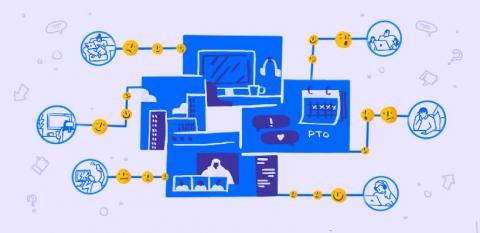How responsive is your crisis response strategy?
As a native New Yorker, I almost get the feeling I’ve seen this movie before. I saw 9/11 up close. I experienced the 2008 financial crash from inside Goldman Sachs. I’ve been through bomb threats, water main ruptures, and a hundred other predicaments too banal to remember distinctly. But even having worked and lead teams through all that, I still find the COVID-19 crisis challenging to navigate.











